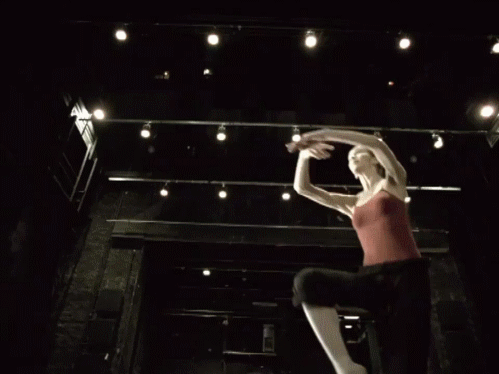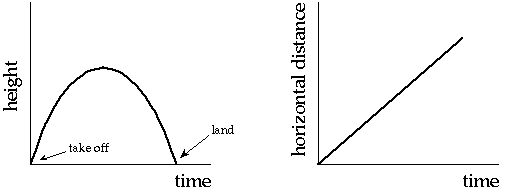
http://iwontdance.com/post/44552095460/jete-http-iwontdance-com
Gravity is not a friend of leaps and jumps. When a person has more mass, the gravitational pull on that person is greater, which calls for an increase of push off force, and causes more difficulty to stop moving after the jump or leap due to increase of momentum.
Things to remember:
- momentum P =mv (where m=mass, v=velocity)
- gravity only effects vertical, not horizontal, motions
- when the mass is doubled, as is the gravitational force
- mass does not have an effect on acceleration
When dancers are in the air, gravity is the only force
acting on them. And everything that is thrown straight up
into the air, regardless of it's mass,
will fall at the same acceleration.


photos from:
The longer a dancer is in the air, the further their trajectory is as well. Dancers can create the illusion
of floating while in the air by simply lifting their legs and arms higher.